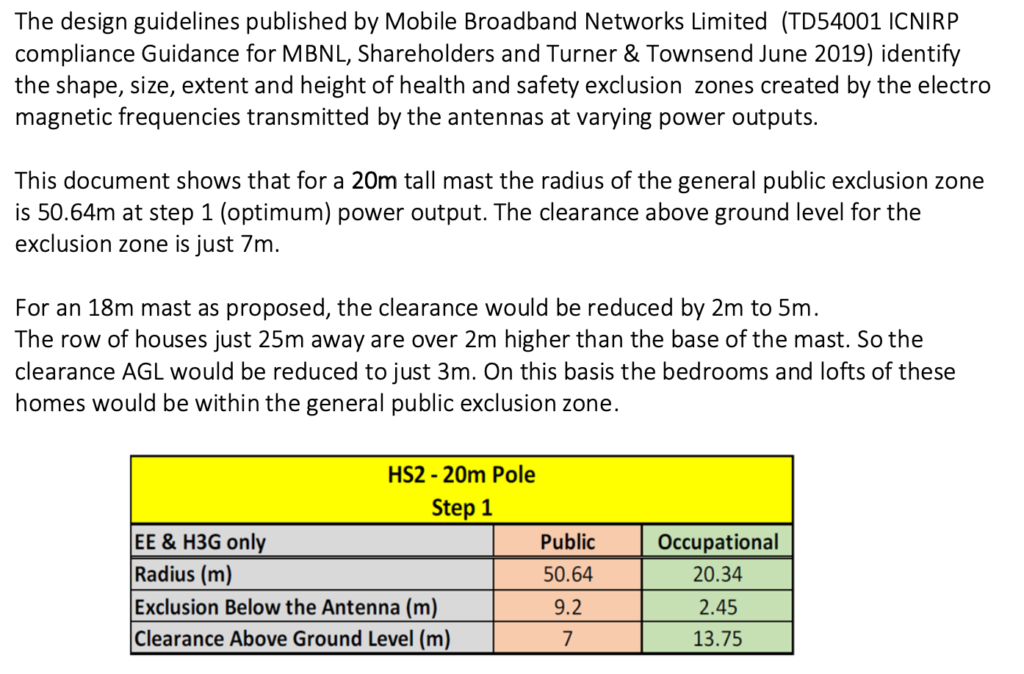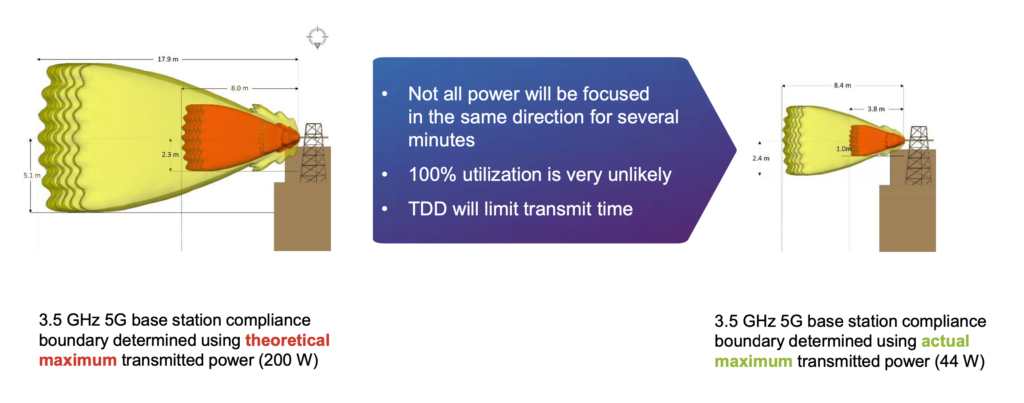Summary: Action Against 5G hearing 6/7th February. Flyers and info available here. Please do support the crowdfund as well, and spread the word !
The Court of Appeal granted permission for the case to proceed on two grounds concerning:
1. The failure to provide adequate or effective information to the public about the risks and how, if it be possible, it might be possible for individuals to avoid or minimise the risks;
2. (a) The failure to provide adequate and sufficient reasons for not establishing a process to investigate and establish the adverse health effects and risks of adverse health effects from 5G technology and/or for discounting the risks presented by the evidence available; and/or (b) failure to meet the requirements of transparency and openness required of a public body.
These grounds advance a breach of the Human Rights Act 1998 by omissions and failings in violation of the positive obligations to protect human life, health and dignity, required to be met by Articles 2, 3 and/or 8 of the European Convention on Human Rights.
Mast Applications
•Take action steps on RFinfo: https://rfinfo.co.uk/masts/
•Take action masts forum: https://ukstop5g.freeforums.net/board/3/post-object
•UK National Residents Association website: community groups measuring and reporting RFR exposure levels
•Halting unsafe technology around the UK: Gofundme for current cases
Planning rules for 5G masts in England Dec 2022
“Councils should consider material planning considerations (MPC) under the Town and Council Planning Act. Any health objections can be used as evidence of incompatibility, in the weighing up of the MPC of ‘unacceptable and incompatible use of land’, counter to the ICNIRP compliance certificate also submitted. Such weighing up is also congruent with their obligations under the retained EU law, made supreme to UK existing law, of the EECC 2018.” Blog
Environment
Increase in LED lighting ‘risks harming human and animal health’ The Guardian Sept 2022.
This short video addresses plans to create an Internet of Underwater Things (IOUT) by connecting the Oceans to broadband satellites, thereby turning them into “smart” Oceans, causing untold suffering to Marine mammals and all Marine Life
‘Smart’ Cities Are Surveilled Cities Foreign Policy Magazine
Health and Research
Worldwide Testimonies about smart meters. Cellphone Taskforce
Electromagnetic Radiation from Modern Technologies Threatens Biodiversity. WirelessEnviroScience
Increase in LED lighting ‘risks harming human and animal health’. The Guardian
Gillian Jamieson has submitted an excellent testimony of her hyper sensitivity to the UK Gov ‘Broadband and the road to 5G’ inquiry.
Why EHS is no Fairy Tale. Please, watch and widely share this video about the European Citizens’ Initiative (ECI) Stop 5G campaign and about the functional impairment electrohypersensitivity.
WHO cancer research agency IARC to assess 5g health risks — but not until 2025. They are now both funded by the telecom industry and together with ICNIRP they run this review …
4 Studies Add to Evidence of Wireless Technology-Related Electromagnetic Radiation in Humans
EMF Radiation Test Shows Sitting in an Electric Car is Like Standing Near a Running Microwave. This car seems to emit around 6 V/m, 100 mW/m2, which of course is concerningly high.
Technical
Sunday’s Tess Talks with 5G activist Ian Jarvis. If cellphone radiation is safe why won’t insurers cover it?
‘Smart’ Meters, Faster Storm Outage Restoration? Safe? Secure? Reliable? – Not! Maine and Virginia
Watch what happens to healthy spring water after 5G exposure – 9th video down the page

5G Frequencies in the UK – remember 5G is sub 3.6Ghz here still, but is beam forming (adaptive antennas)
Legal and Resistance
Action Against 5G: Mark Attwood interview with claimant Karen Churchill
Flyers and info available here. Please do support the crowdfund as well, and spread the word !
WHO Names Members of RF Working Group. Eleven of the 21 individuals have current or past affiliations with ICNIRP. Most of the other individuals have published or presented papers defending ICNIRP’s RF exposure limits. Microwave News, Dec 15, 2022
EMF hazards summit Feb 2-5th 2023
New South Wales, Oz. 5G community group backed by local council
5G/EMF/RF Vandana Shiva, Tech Layoffs, Druid Sarah Fuhro; The Tower is Falling. Safetech International





